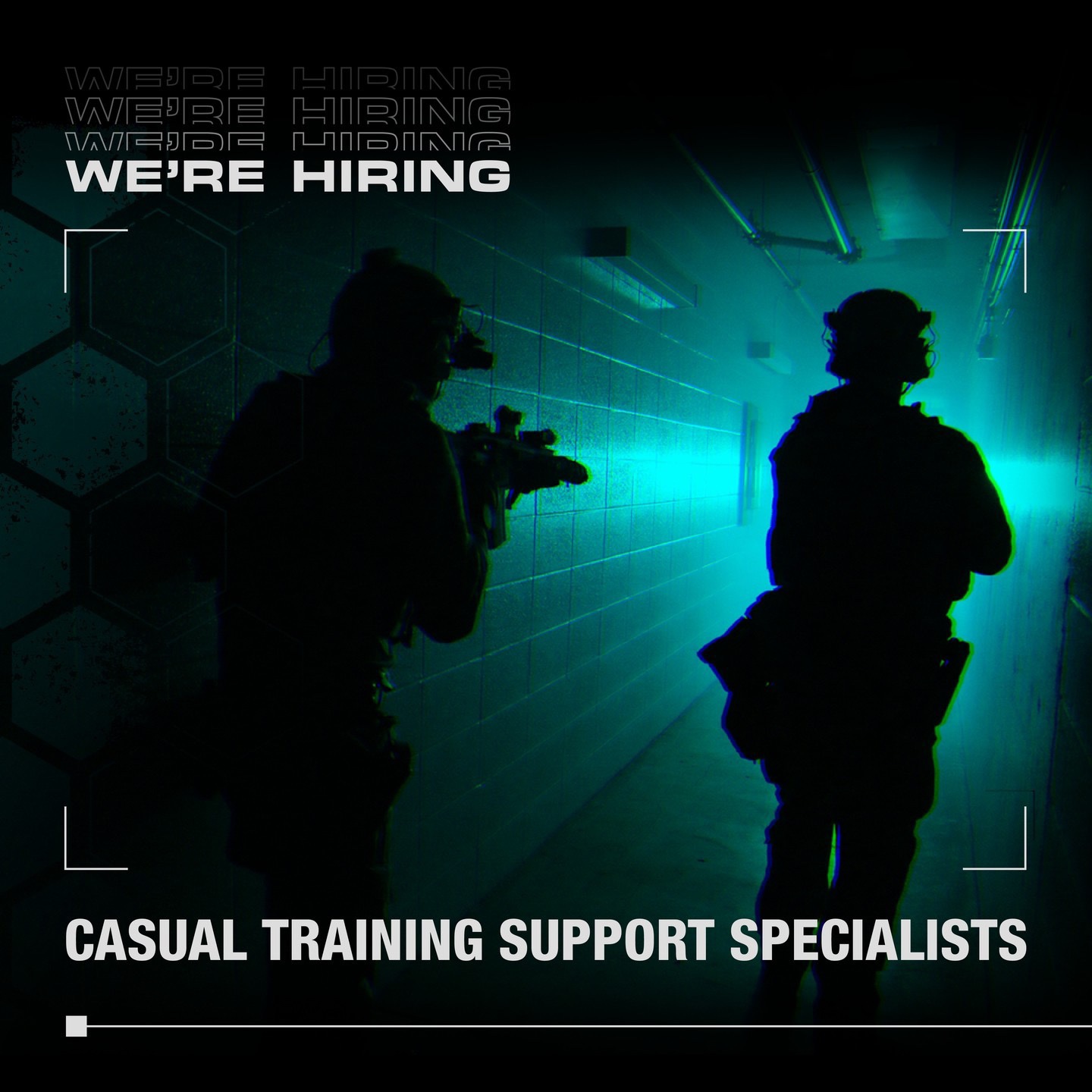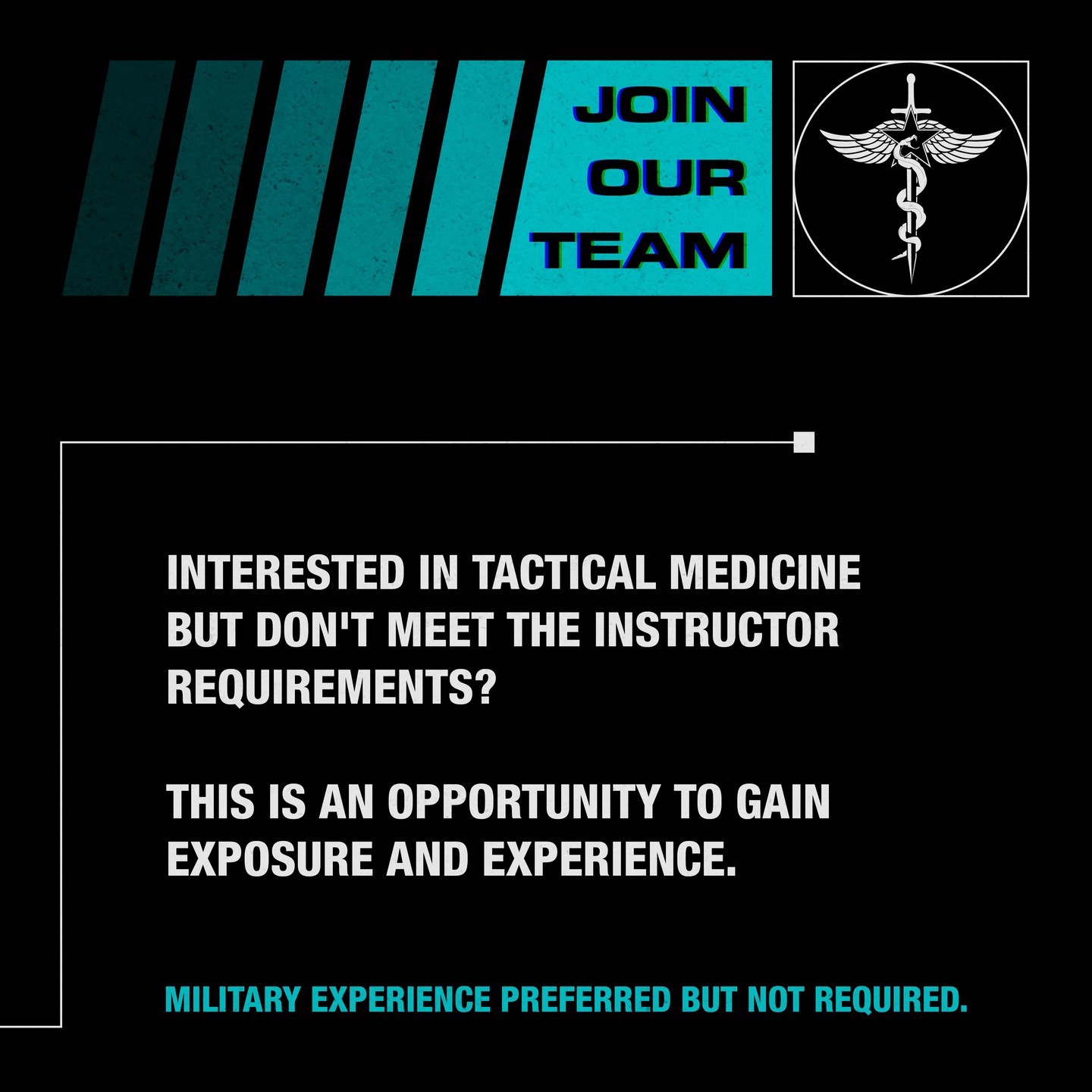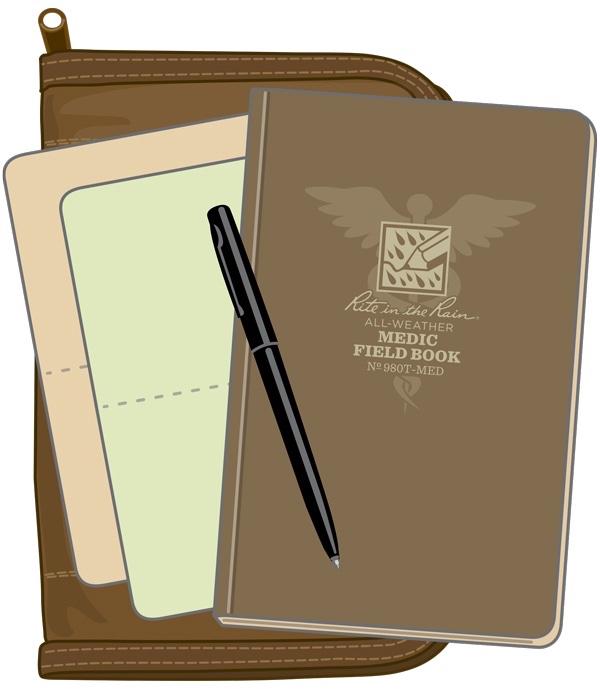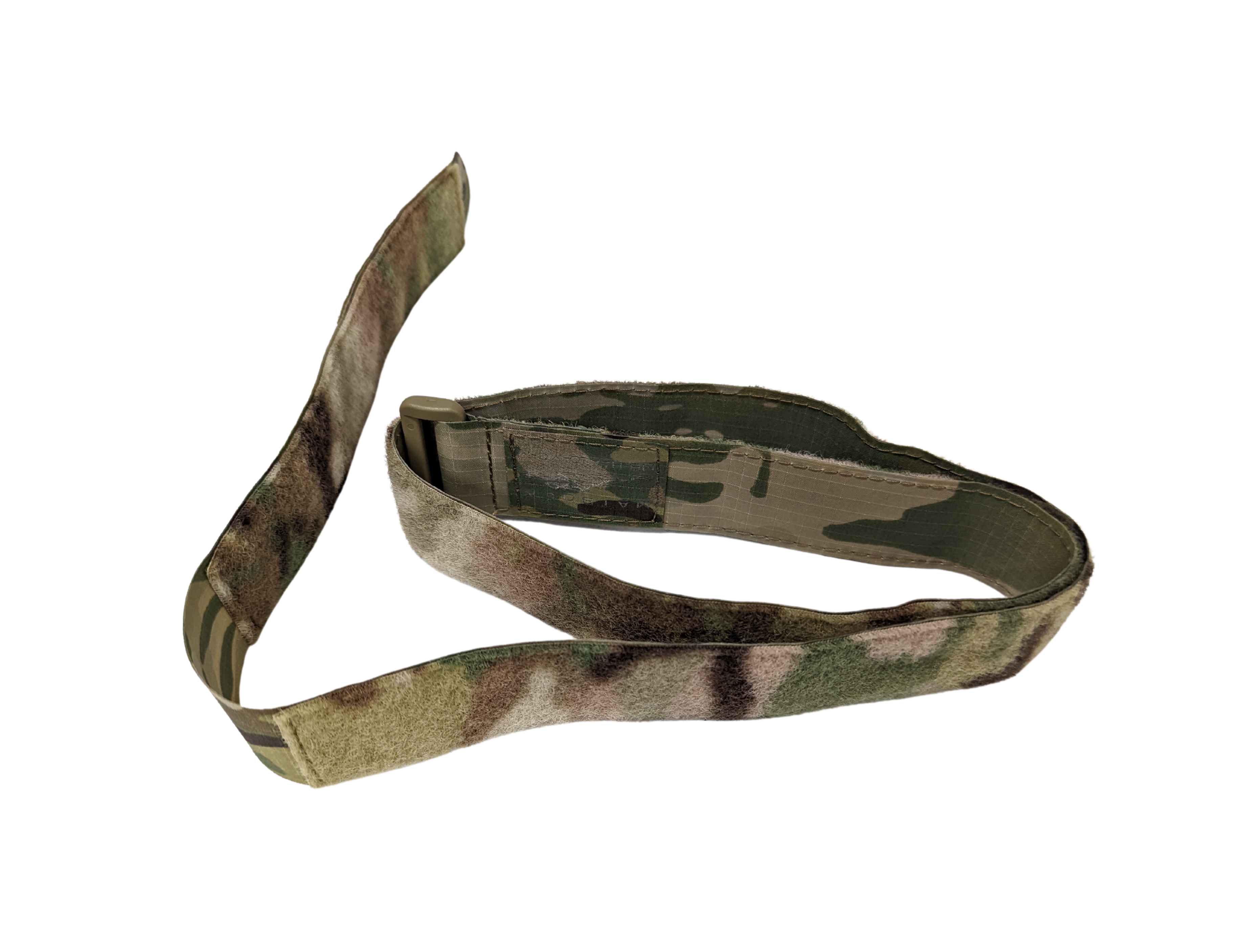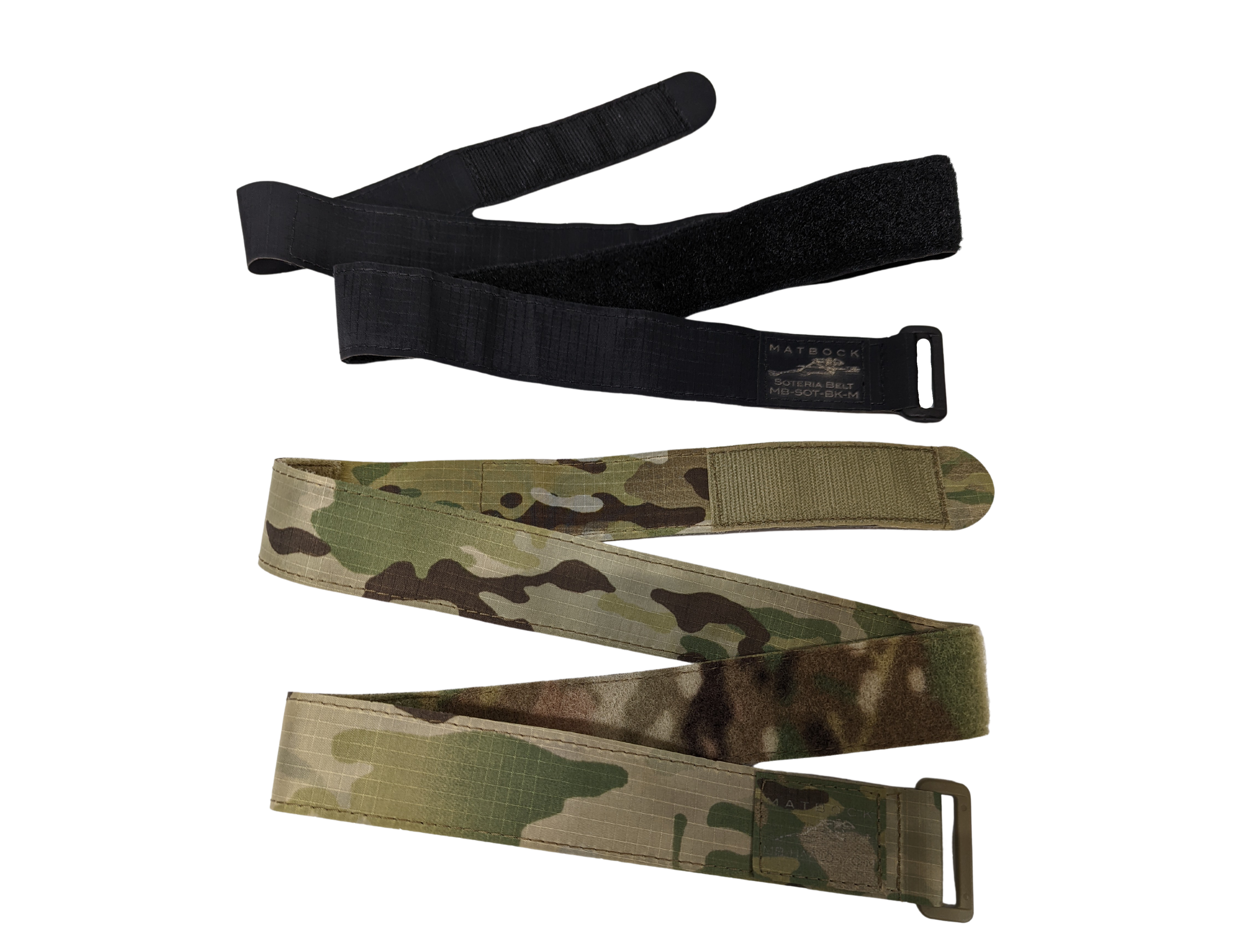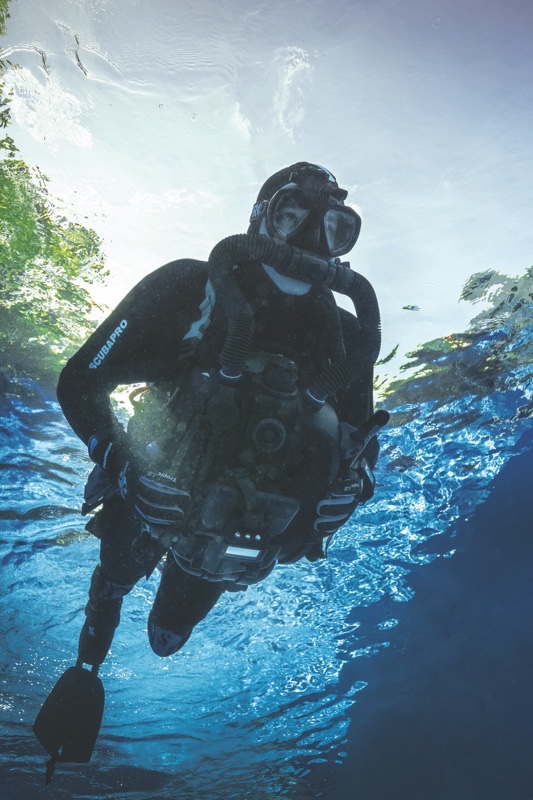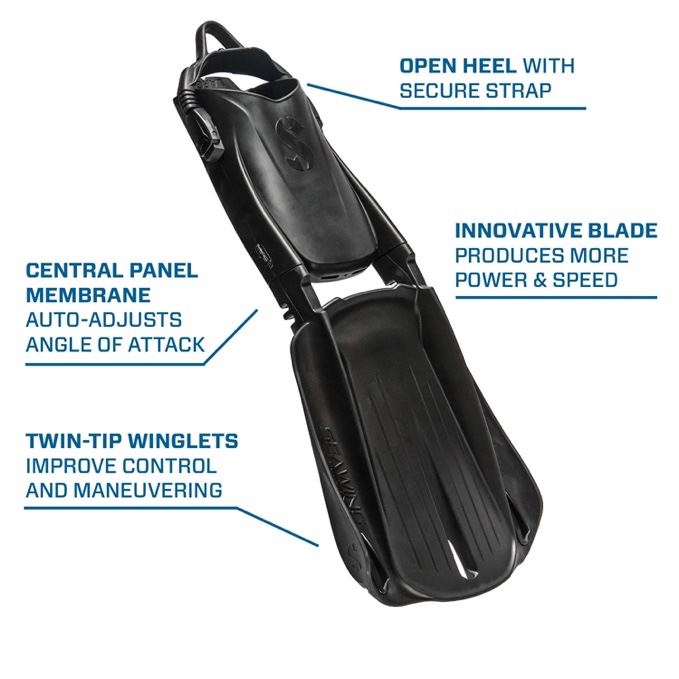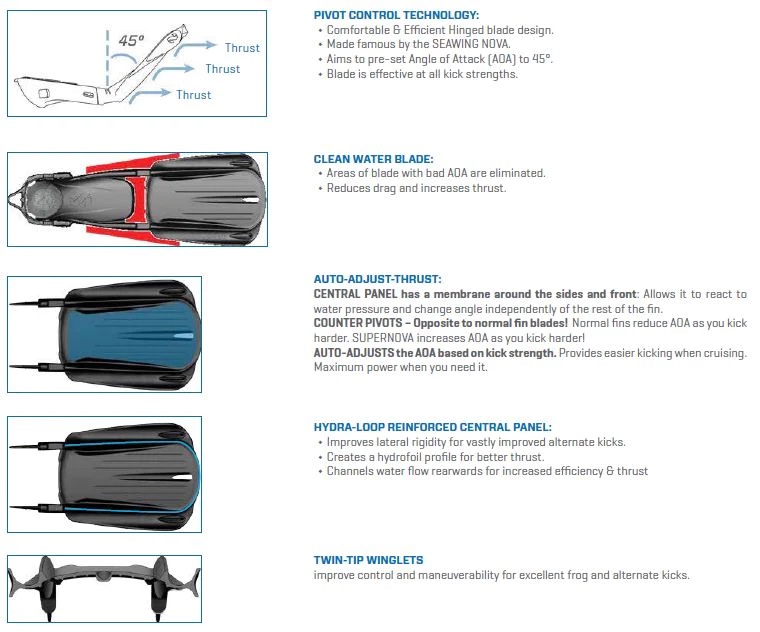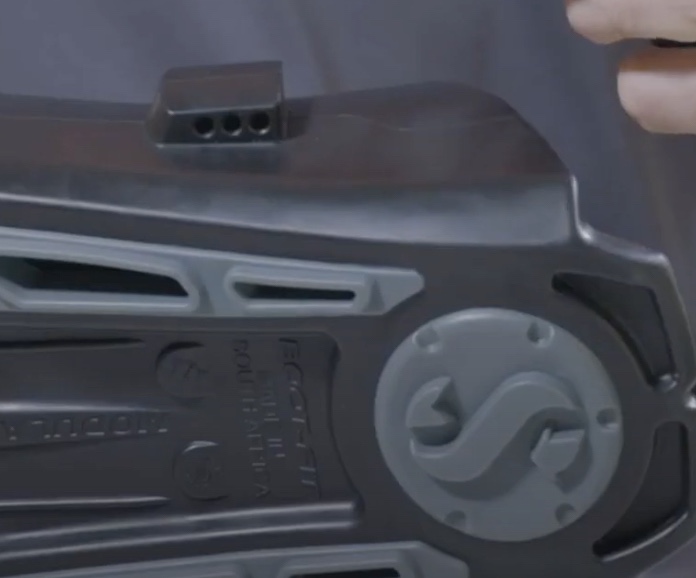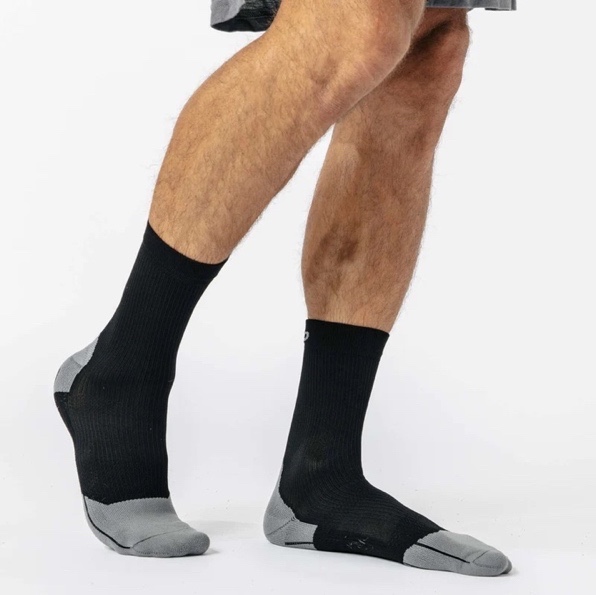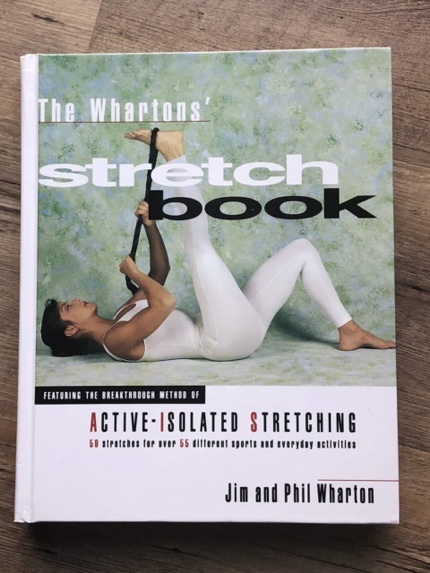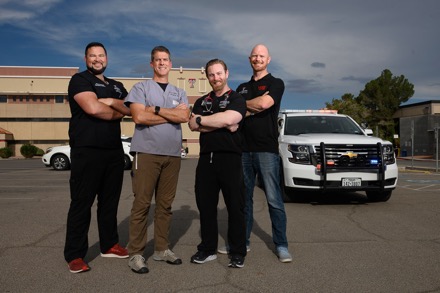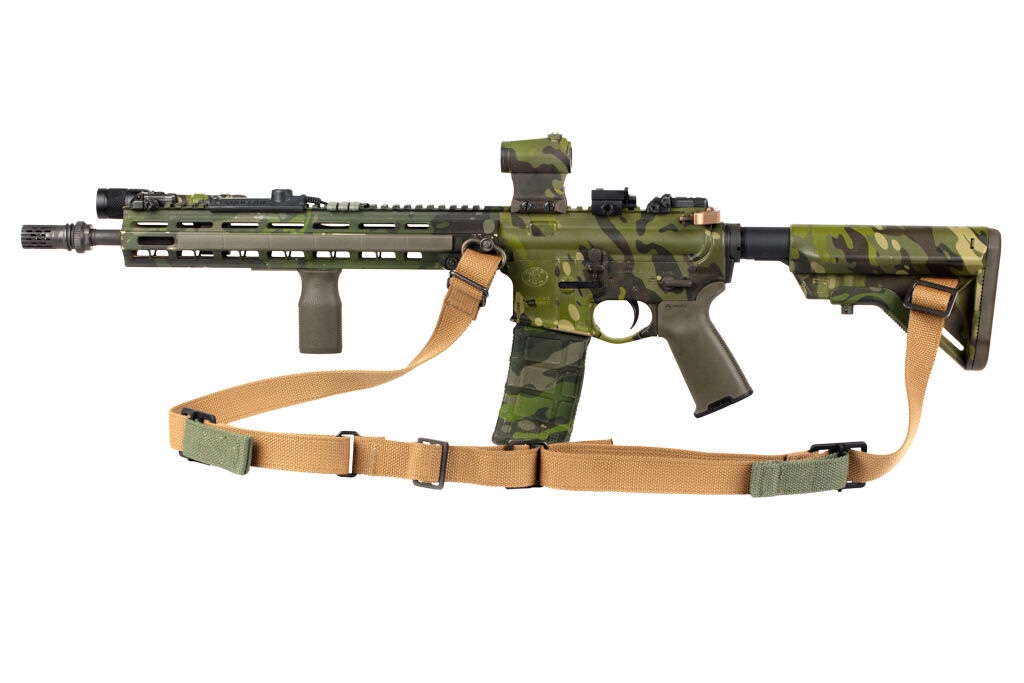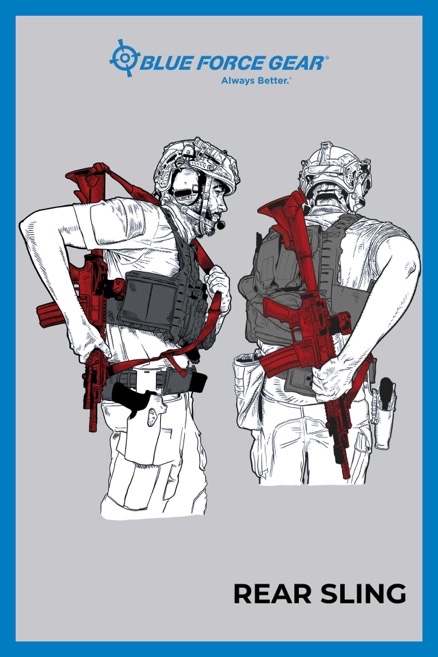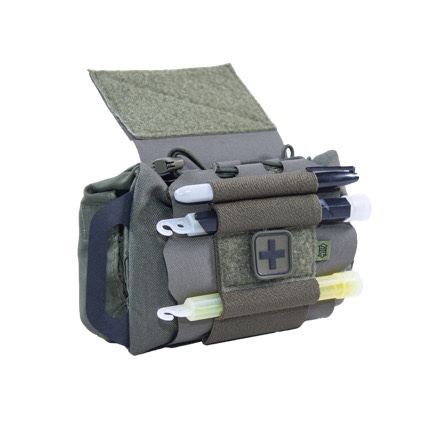During his presentation at the Interallied Confederation of Medical Reserve Officers event on Aug. 3, 2022, in Athens, Greece, U.S. Army Reserve Capt. Eliot Fletcher, commander of the 491st Medical Care Area Support from Santa Fe, New Mexico, discussed the topic of radiation exposure in an increased global threat environment.
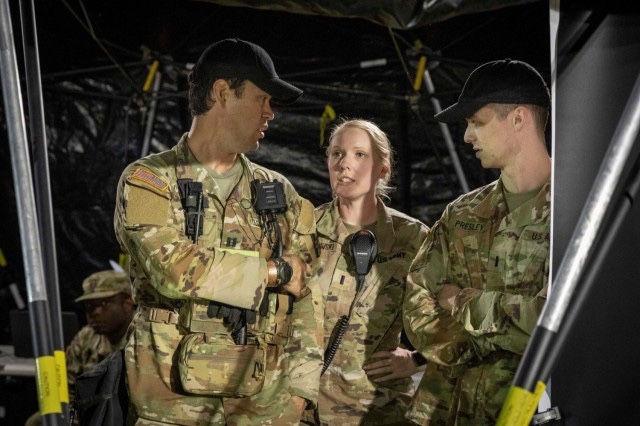
The CIOMR Junior Medical Reserve Officer Workshop provided North Atlantic Treaty Organization and partner nation junior Medical and Medical Support Officers a professional development program in a multi-national environment, focusing on NATO medical planning, civil-military negotiation training, and operation medical planning within a chemical, biological, radiological, and nuclear environment.
Fletcher, an Army biochemist, holds a doctorate in genetics and conducted his post-doctoral research in Radiation Biology, so his knowledge of radioactive environments and radiation injury treatment made him a perfect fit to present at the conference.
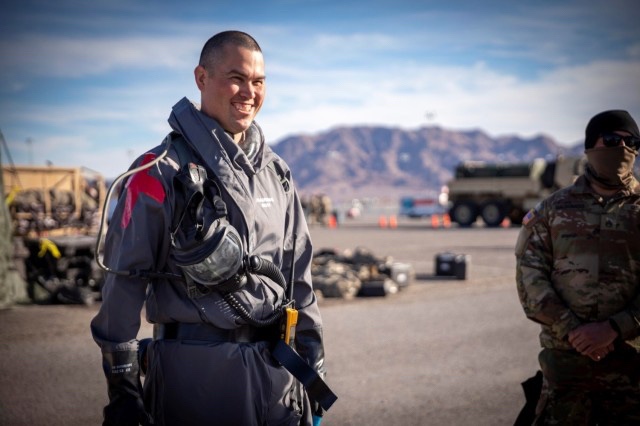
“The issue of operating in a radioactive environment is more critical today than it has been since the end of the Cold War,” Fletcher said. “Since the Russian Federation invaded Ukraine in February, there has been increased rhetoric surrounding the use of nuclear weapons and increased risk of a radiological incident.”
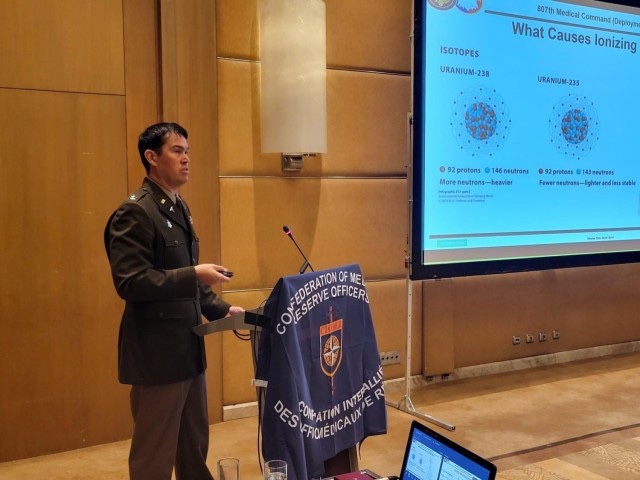
Fletcher discussed how ionizing radiation damages DNA and the body’s ability to repair the damaged DNA and continue normal cell function. (Ionizing radiation provides enough energy to disrupt the normal structure of surrounding materials, like living tissue. Tissue damage occurs when DNA repair is overwhelmed). A person’s typical exposure to background radiation is 2.4 millisieverts, or mSv per year, and at 100 mSv, there is a slightly increased risk of cancer.
Fletcher then examined the biology of radiation through five historical exposures. Hiroshima and Nagasaki both experienced extremely high exposure due to the use of nuclear weapons.

“Detonating a bomb high enough that the fireball does not actually touch the surface of the Earth, is called an air blast. Conversely, a nuclear bomb detonated at surface level, land or water, is perceived as a surface blast,” Fletcher said.
Both explosions were surface blasts, pulling debris into the air, leading to radioactive fallout. These explosions resulted in large numbers of people being exposed to high levels of radiation. To date, thousands of people are still tracked for elevated rates of cancer. Survivors had a significantly elevated rate of cancer, while their offspring showed no signs of increased abnormalities, and no detected elevation of the mutation rate.
The study of the 1986 Chernobyl disaster (due to a reactor shutdown causing the Reactor 4 explosion) and the Fukushima nuclear accident of 2007 (due to an earthquake and ensuing tsunami damaging the cooling systems and resulting in a partial meltdown of the reactors and release of radiation) focused on increased health issues, acute radiation illness, and potential for cancer based on distance from the epicenter and exposure levels of radiation.
“The lessons learned from these radiological/nuclear incidents relate directly to the effects of specific doses of radiation on biology. They also taught us how hard it is to track people exposed to radiation and determine exactly their dosage,” Fletcher said. “This highlights the importance of being able to track how much radiation a Soldier is exposed to in order to treat that person specifically.”
Fletcher concluded the presentation drawing attention to the invaluable data gained from radiation during space travel and its applicability to the battlefield. Protecting against radiation in space is crucial, as some radiation particles can pass through the skin, damaging cells and DNA, and/or cause acute radiation sickness. However, unlike most environments, it is impossible to evade space radiation during space travel. Similarly, in a radioactive combat zone, it may not be feasible to rapidly escape from a radioactive environment.
“The Russian invasion of Ukraine has brought to the forefront at least two concerns, 1) an increased Global Threat of a radiological disaster and 2) that rapid ingress and egress will be difficult in large scale operations. When these two concerns are combined, it creates an environment for the warfighter in which we need to begin preparing to fight and operate for potentially prolonged periods in a radiological environment,” Fletcher said.
Fletcher received the CIOMR JMROW “Best Overall Presentation” award and will pursue a technical advisor position on the NATO CBRN working group.
Fletcher’s unit, the 491st MCAS, is currently assigned to the Command and Control CBRN Response Element-A, or C2CRE-A mission. When directed by the Secretary of Defense, the military CBRN Response Enterprise will conduct CBRN response operations within the U.S. and its Territories or outside the continental U.S. to support civil authorities in response to CBRN incidents in order to save lives and minimize human suffering.
The 491st MCAS conducts quarterly training exercises honing decontamination tactics and techniques and identifying and treating acute radiation syndrome and chronic radiation illness. Since 2019, the unit has trained in the Guardian Response exercise at the Muscatatuck Urban Training Center, Indiana, conducting a CBRN disaster in a controlled environment.
By SPC Ronald Bell, LTC Kristin Porter and MAJ Sherrain Reber
